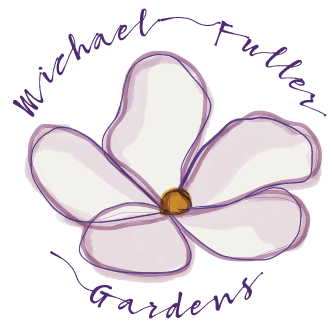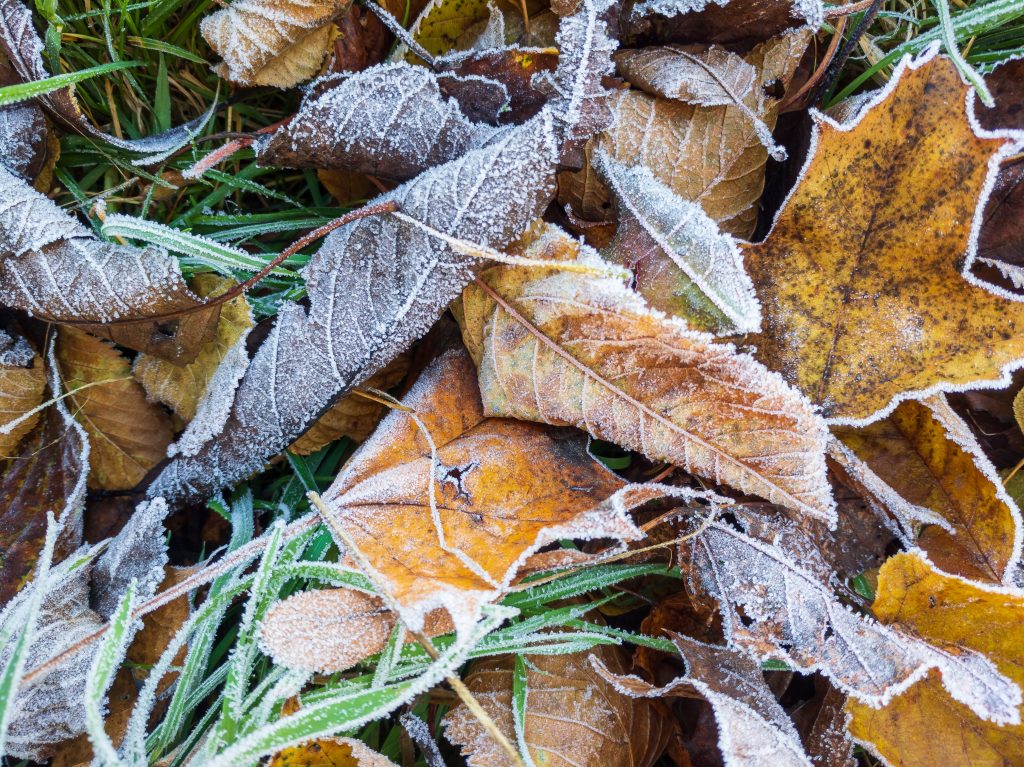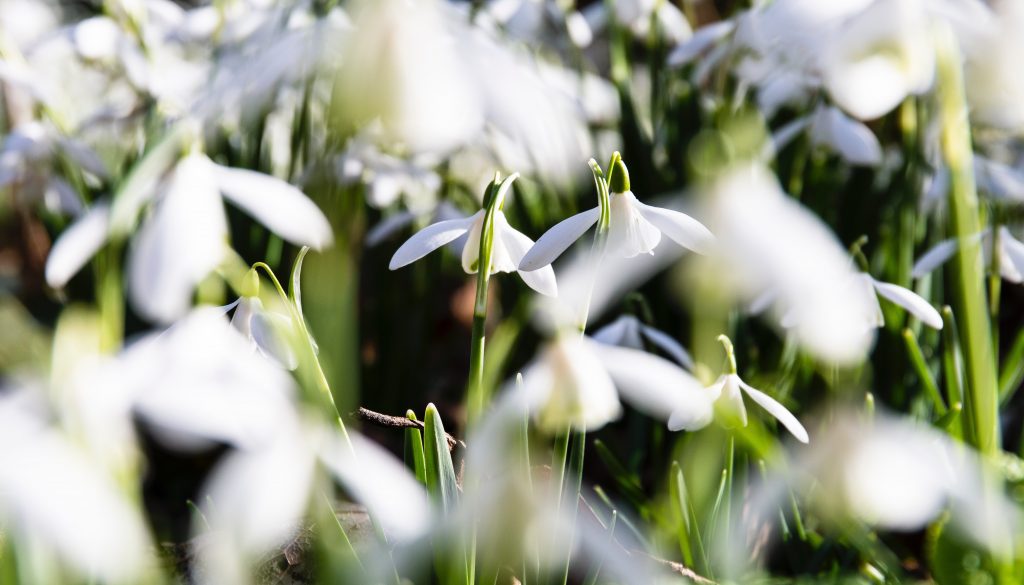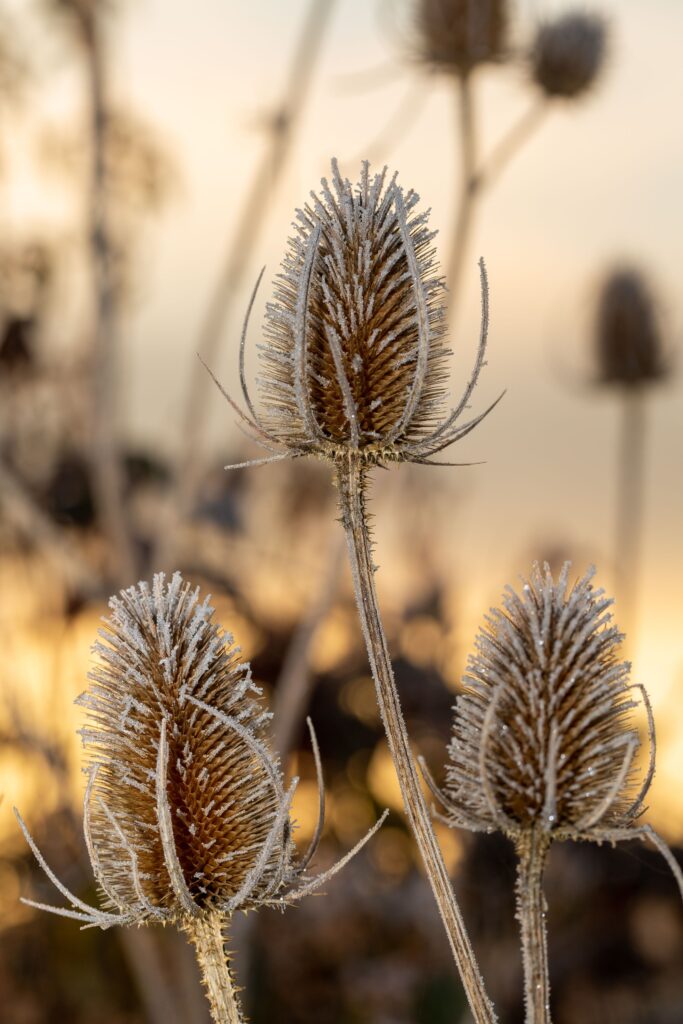Trees in the Garden
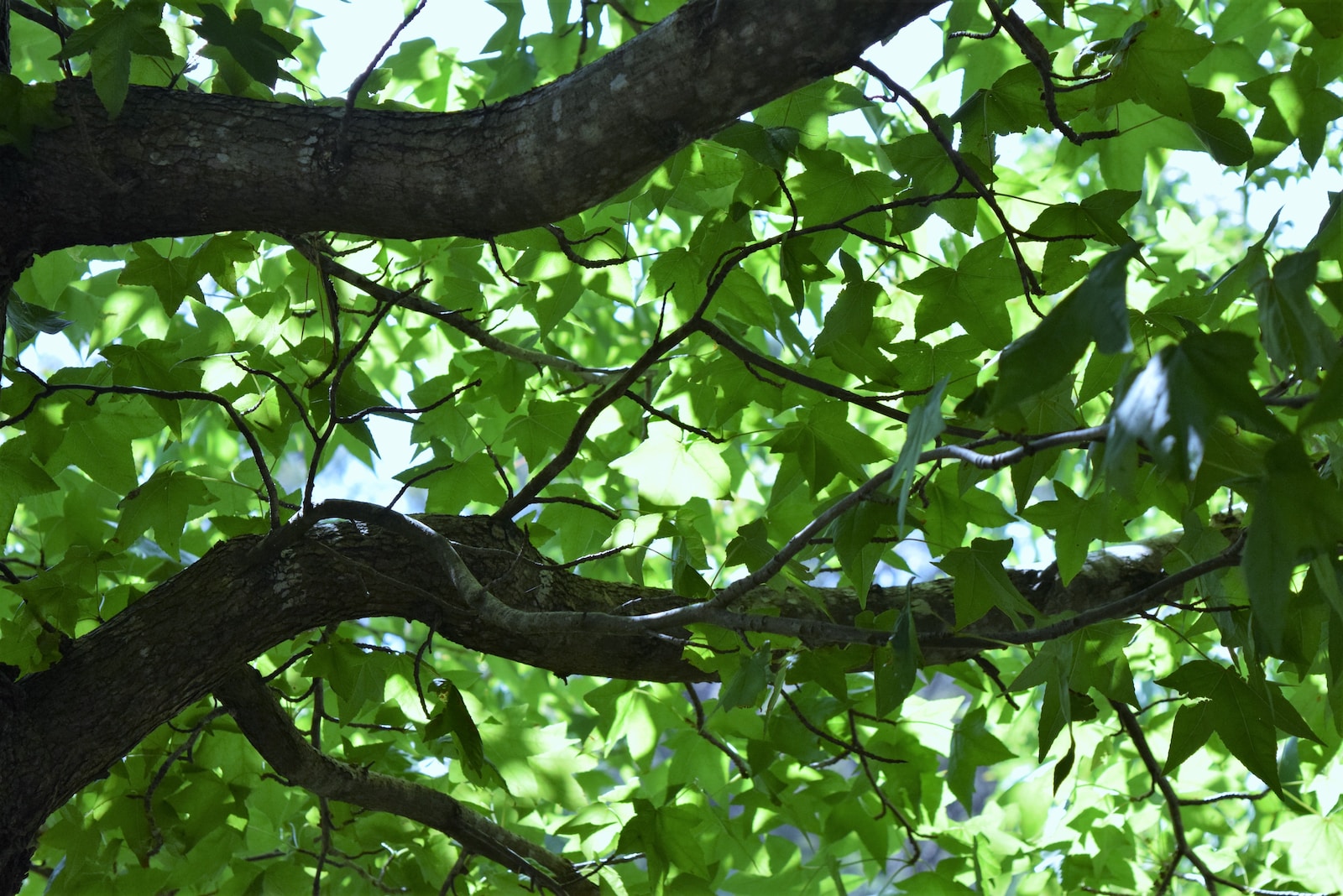
As we head into the warmest time of the year – July and August, I want to give a moment of gratitude towards trees, using the words of Glennie Kindred in her book ‘The Sacred Tree”:
‘Once trees covered this land and were revered and honoured as important powerful lifeforms. For thousands of years humankind has relied on the abundance of trees for much of their material needs, from the air that we breathe, fire to keep us warm, many kinds of industry, wood for our buildings and transport, medicine and food.
Throughout the world trees have become recognised as living beings who have a spirit within. There is much documentation of country lore, customs, ceremonies and procedure for felling trees. Most of this is ignored today, but still foresters have many tales of understanding and awareness of the tree kingdoms’ inherent presence. Anyone who walks in the woods appreciates the special atmosphere of the trees, knows in their hearts of their power and living energy’.
To the above list of good qualities of trees, I could add two more: shade and wildlife habitat. As I write this on a beautiful but very warm June morning, I appreciate both the shade of the mighty oaks and birches that surround my garden and the song of birds who live within and around these trees. I feel very fortunate to be surrounded by these ancient wise beings, selflessly offering their shade and shelter to us and the animals that live near us.
Although many people are worried about the negative effects of trees planted in gardens – blocking out light, too many leaves to clear in Autumn, and damage to house foundations, by careful choice of species and appropriate positioning most of these problems can be avoided. Clearly, it would be inadvisable to plant a Willow with her foundation-undermining roots close to your home or drainage systems, as would planting a large Oak or Beech near a boundary if that boundary is close to a neighbour: in twenty years’ time, the shade and loss of light caused by the tree could sour neighbourly relations. Therefore, unless you have a very large garden it would be better to choose more appropriately sized trees.
Best trees for a small garden
Fruit trees. I would always recommend fruit trees for a small garden: they possess a wide range of good qualities: dappled shade, good habitat for wildlife, and lovely to look at and sit under, whilst also providing fresh seasonal fruit. My favourite apple is ‘Discovery’; with her numerous early red apples she is hard to beat, but there are many others depending on your taste and needs; good nurseries and garden centres and will be able to advise you. With all fruit trees, it is important to know the rootstock: this will determine the eventual size of the tree. For fruit trees of 12 -15ft height choose the following rootstocks: Apple – ‘MM106’, Pear – ‘Quince A’, Plum – ‘St. Julian A’. For smaller trees of around 9 -12ft choose Apple – ‘M26’, Pear – ‘Quince C’ and Plum ‘Pixy’. There are rootstocks both larger and smaller than these – again, just ask the nursery or garden centre.
Nut trees. For a lovely medium to large tree (25- 30ft, if left unpruned) that both produces a dappled shade, a good environment for wildlife and edible nuts, a walnut could be suitable (the most compact variety is ‘Broadview’); if you have less space then a cobnut or hazelnut offers the same benefits (10 -12ft).
Ornamental trees. The list is endless, and much is due to taste – I personally love the lime-green of Acer Palmatum varieties, the purple of the Cercis ‘Forest Pansy’ and the white blossom and autumn colour of the Amelanchier, partly because of their leaf textures and the dappled shade they produce but also because they change throughout the year. This means that they offer a ‘new view’ every season and perhaps allow me to glimpse the being of the tree as she moves (like us) through the cycle of the year.
I end with a last thought from Glennie Kindred:
“By developing special relationships with trees we begin to see them as good friends who we get know through all the different seasons, returning to visit them year after year as we gather their fruits, leaves and flowers for medicine or to make jams or drinks, as we use their wood with conscious thanks for their gifts. We can also sit with trees and soak up the wisdom they have to teach us if we slow down and ask for their guidance and help.”

